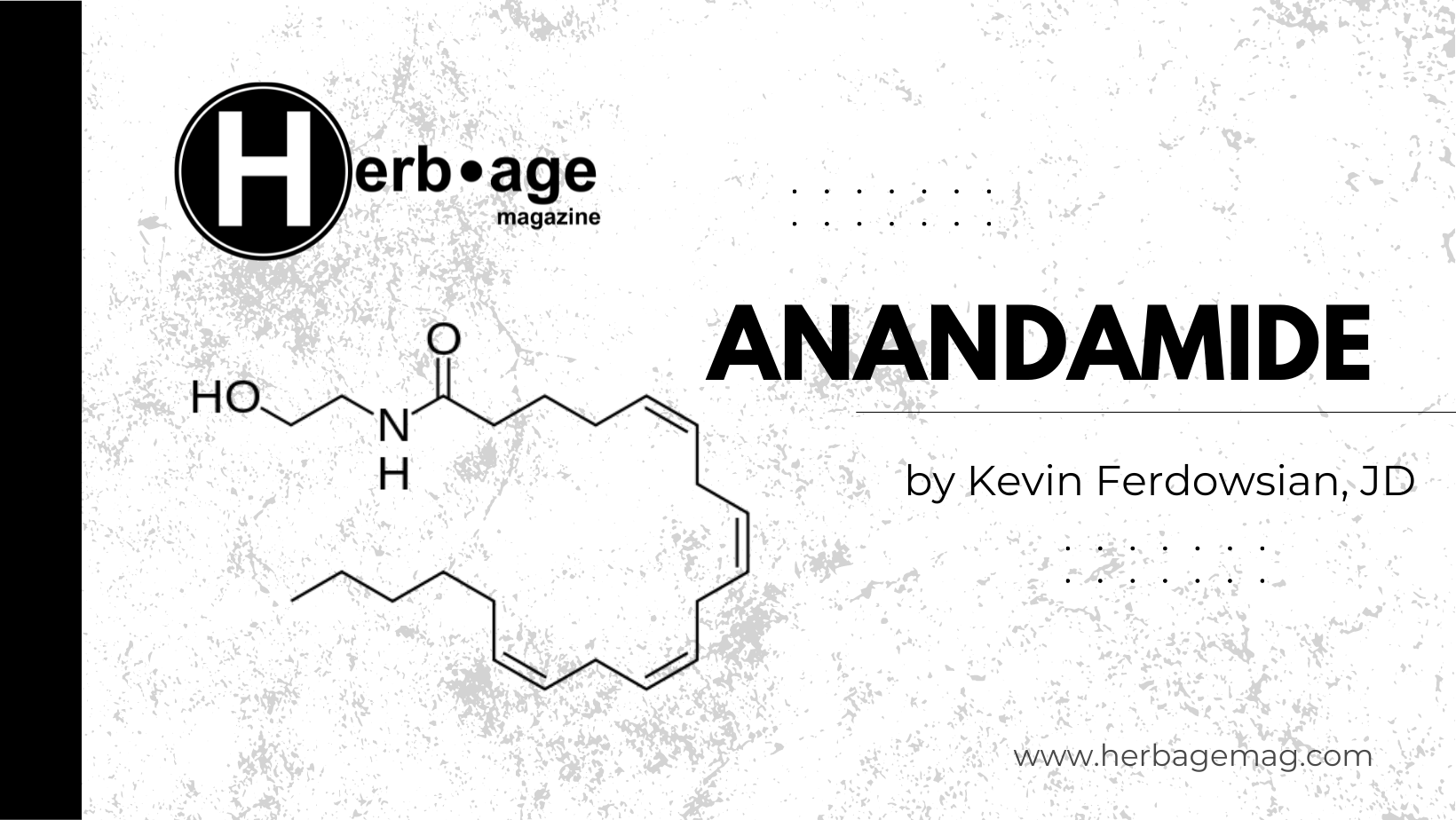THC’s endocannabinoid counterpart
by Kevin Ferdowsian, JD
Kevin is an attorney, entrepreneur, philanthropist, and homeopathic practitioner. Kevin graduated from Duke University and OCU law, and lives with his wife Anna and two children, Ivan and Arthur.
Because cannabis sativa contains more than .3% tetrahydrocannabinol (THC), it is classified as a schedule I – status drug by the US federal government and is subject to a host of restrictions as a controlled dangerous substance. These restrictions have severely limited broad-scale rigorous studies on THC and its therapeutic value. That’s not to say research hasn’t been done. In fact, nearly $2 billion per year is spent to determine all the harmful effects of cannabis. The conclusion of our tax dollars at work? For people over eighteen, cannabis is relatively harmless.

So, we don’t have a lot of research on THC consumption in regards to therapeutic benefits. We do know some applications at this point; for PTSD, opiate addiction, and various neurological disorders to name a few. But there is growing evidence that THC and cannabinoids in general, possibly in concert (entourage effect), may have substantial therapeutic applications. These include alleviating symptoms from cancer, inflammation, blood pressure and heart rate disorders, metabolic disorders, fevers, locomotion disorders, anxiety, irritable bowel syndrome, colon disorders, reproductive disorders, bacterial endotoxicity, cirrhosis of the liver, sepsis, central nervous system disorders, and even aging. That is an extensive list of ailments for which THC may treat.
If federal research has not been funded, and even private research is so highly regulated, how do we know these potential applications? Basically, even though researchers are limited in their study of THC, there have been robust studies on its endocannabinoid counterpart: Anandamide. Anandamide (from the Sanskrit for “inner bliss”) is an endocannabinoid synthesized in all animals including primitive creatures, such as nematodes. It binds to the same receptor as THC (CB1R) and induces similar psychotropic effects. These compounds, though molecularly distinct, are pharmacologically similar. The list cited above is taken from recent studies on Anandamide; considering that THC mimics Anandamide and initiates the identical process, clearly future research should focus on THC as a therapeutic for many of these ailments.
As a co-owner of multiple cannabis businesses, I am interested in the advocacy of researching THC for its therapeutic value as well as its cultural acceptance. We all should be. THC, along with other cannabinoids, could open the door to accessing the endocannabinoid system, a fundamental governing system that appears to regulate the activity of every other physiological system.




